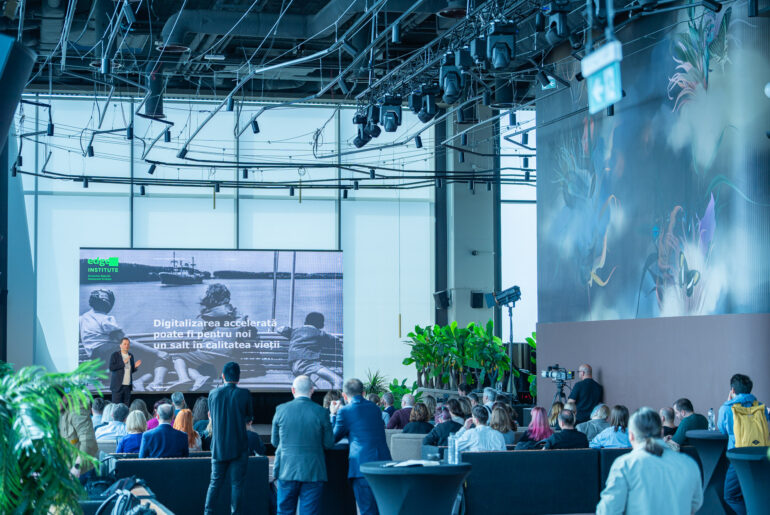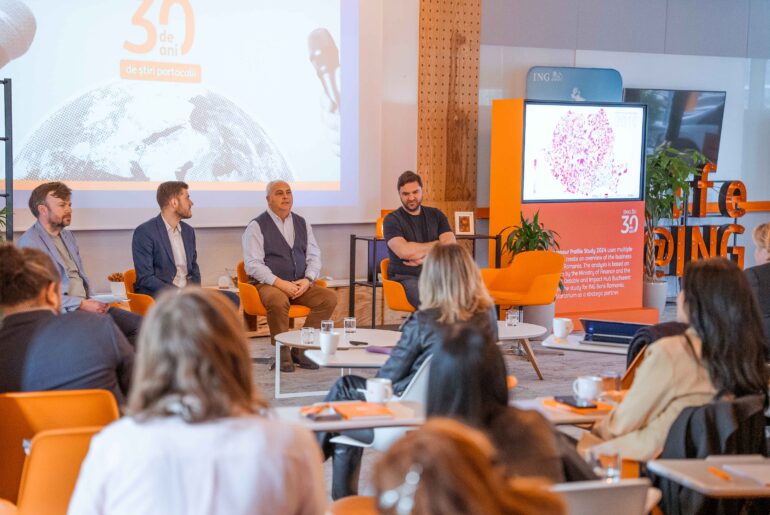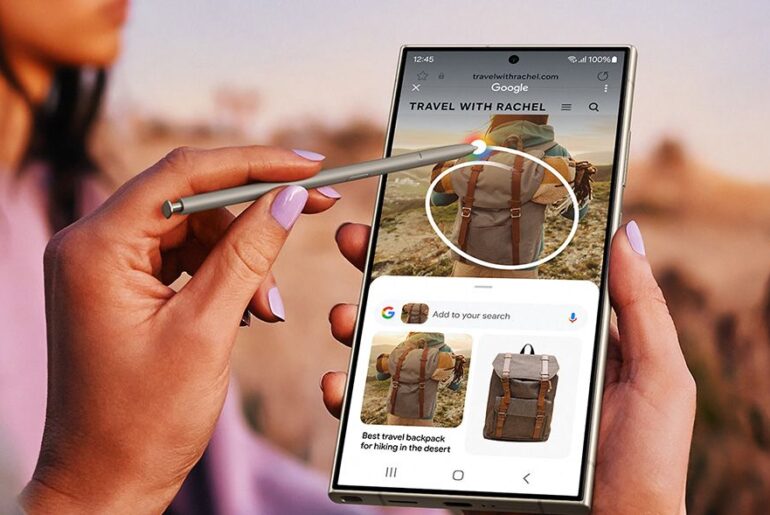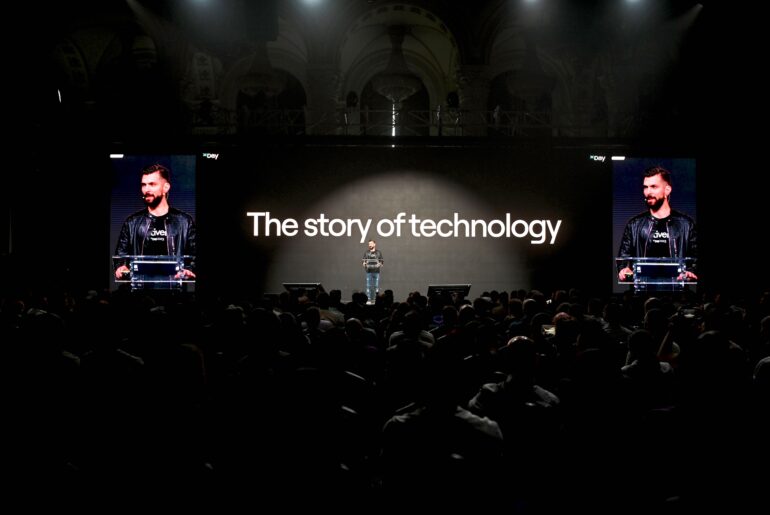 After more than 20 years of experience and reserch in design and additive fabrication, Scott Summit works now to educate and enlighten a new generation of designers.
After more than 20 years of experience and reserch in design and additive fabrication, Scott Summit works now to educate and enlighten a new generation of designers.
He has held faculty positions at Carnegie Mellon and Stanford University, and currently lectures at Singularity University.
In June, Scott Summit is coming to ICEEhealth, one of the ICEEfest’s satellite events this year. Before his speech, he told us why he thinks “no industry stands to gain as much from adoption of 3D printing as healthcare“. And many more, in the interview below, given to Lorena Macnaughtan.
Personal examples, best examples?
– My team created an arm cast for me (the materials cost roughly $30USD), when I required a post-operative cast for ligament surgery in my wrist. Before surgery, we 3D scanned my arm, then used that geometry to create a perfectly conformal cast for use over the 4 months of recovery.
– We chose a minimal structure, since the only medical requirement with such a cast was to stabilize any motion of the wrist relative to the arm.
I look forward to the wheelchair one day being replaced by a 3D printed, custom exo-skeleton, powered by robotic swarms
– The resulting cast allowed hot and cold pads to be applied directly to the surgical site, thereby reducing swelling while improving circulation. The doctor visits, traditionally over an hour when casts must be sawn off, were reduced to 10 minutes, since the inspection of the surgery was completely visible.
– And as a patient, I showered every day – something awkward and unlikely with a traditional cast, which can never get wet.
Give us some examples where 3D printing can change lifes?
- Case study nr. 1: Scoliosis
– We explored using 3D Printing to improve medical outcomes and quality of life for patients with scoliosis well, since the traditional treatment was limited with the shortcomings of the fabrication process.
– With scoliosis treatment, the quality of outcomes is directly linked to patient compliance. In other words, the more the patient is willing to wear the brace, the more likely her successful outcome.
– So the challenge was to address the reasons patients refuse to wear the brace; typically, discomfort, discretion, and style.
– Instead of approaching this as a medical challenge, we looked to fashion to address the needs. We 3D scanned the body to guarantee a perfect fit.
Designing for the body requires not only a unique combination of software tools and skills, but often an entirely different approach to design
– Using that geometry as reference, we then created a brace that was highly ventilated, invisible beneath clothing, and tasteful in appearance.
– The result was significantly higher compliance, therefore improved medical outcomes, reduced overall costs, and overall happier patients.
- Case study nr. 2: Prosthetic limbs
– Prosthetic limbs are inherently expensive, and therefore, often out of reach to those who need them most. Additionally, they are geometrically complex, necessarily custom, and highly personal.
– I started Bespoke Innovations 9 years ago, looking to address the cost of prosthetic devices by distributing the manufacturing, and the complexity by 3D printing.
– The result is a leg that not only accurately reflects the contours of the original leg, but flatters the wearer, while offering a geometrically complex, low cost solution. This remains a work in-progress.
Soon, anyone with a smart phone will be able to generate the necessary data to create a custom, free, complex prosthetic hand to any child in need in the world
– Another group working in this area is eNable, applying this approach to 3D printed prosthetic hands. By distributing the manufacturing, anyone with a 3D printer may become a pro-tem manufacturing center.
– And, because the geometry is scripted and parametric, each hand may be custom to the specific geometry of each wearer.
- Case study nr. 3: Surgery
– 3D printing is gaining acceptance in surgery in a number of exciting ways. It is now commonly used before, during and after a complex surgery, with different purposes at every stage.
To develop in this area, one must have some knowledge of medicine, 3D computer modeling, 3D scanning and printing, and fabrication, among other areas
– Before the surgery, models are made for visualization aids, pre-surgical planning (PSP), and to help a doctor decide strategy for their approach.
– During surgery, custom ‘drill guides & cutting guides’ help guarantee extremely precise motions, specifically for implanted parts.
– And after surgery, the plates and components that are left in the body are increasingly 3D printed since they can be strong, complex, custom, and integrate well with the body’s bone.
What other digital health solutions you find most interesting?
– These examples represent only a few of the many applications of 3D printing in the health care area. We continue to see breakthroughs in 3D printed organs and tissues, microstructures, implanted parts, simulation tools, etc.
The innovator who understands the range of technologies is best suited to make impactful and meaningful contributions in this field
– And the processes that have adopted a digital workflow can expect more predictable outcomes, lower costs, and the ability to address more complex challenges. A challenge is that developments in this area require an unorthodox skill set, and one that is not taught in schools.
What’s the future of healthcare?
– I look forward to the day when our homes will monitor us and address our needs proactively.
– When our doorways and bathroom mirrors will scan us for irregularities and potential issues, then help as needed to correct.
– As these developments and more become invisible participants in our daily lives, then perhaps the burden on doctors and hospitals will be minimized, and we can, working with our digital assistive devices and processes, take our own health into our own hands.
Remember, Scott Summit holds over 60 design and utility patents. Don’t miss his speech. Book now!













